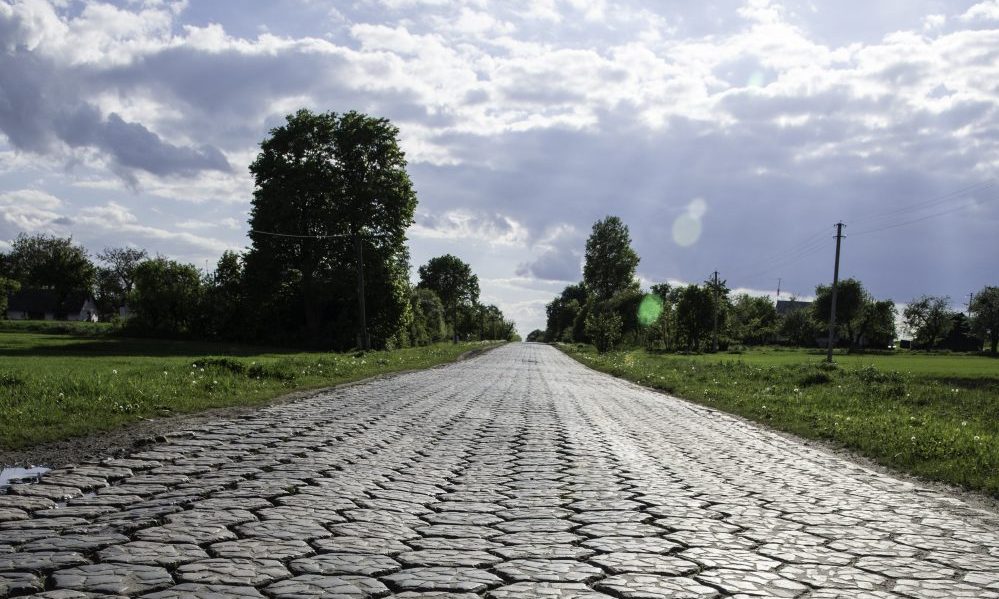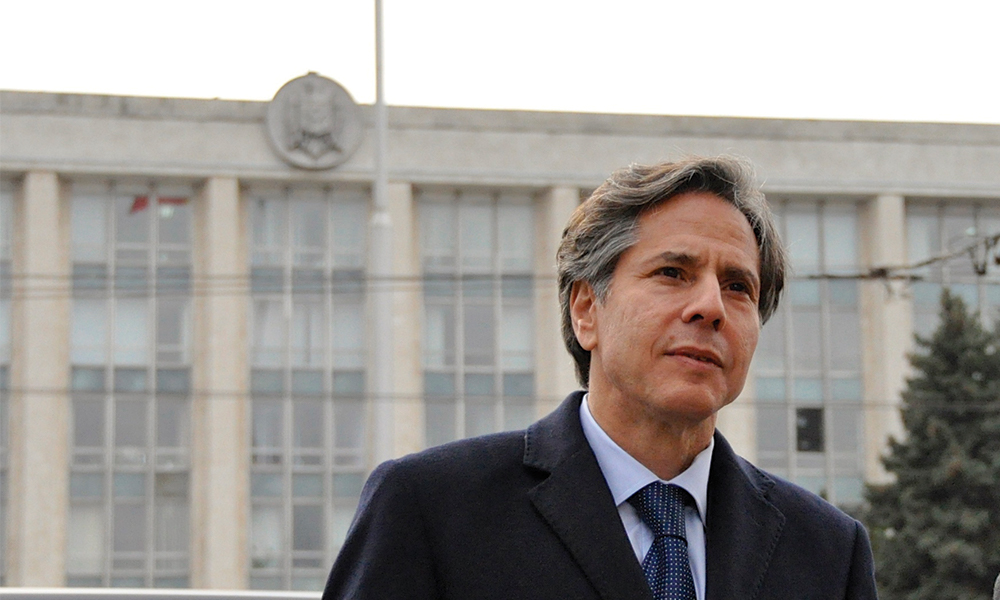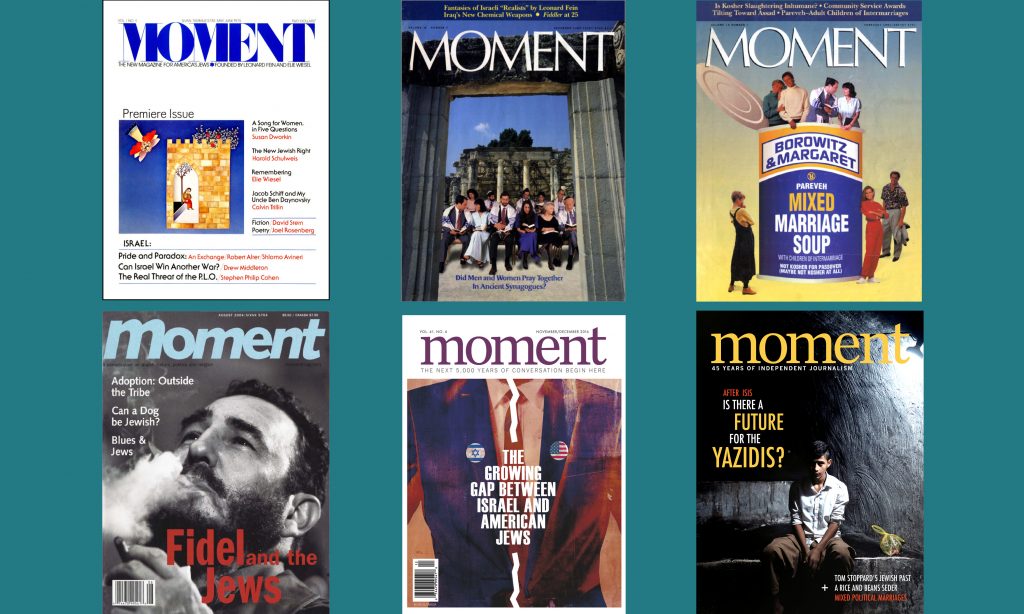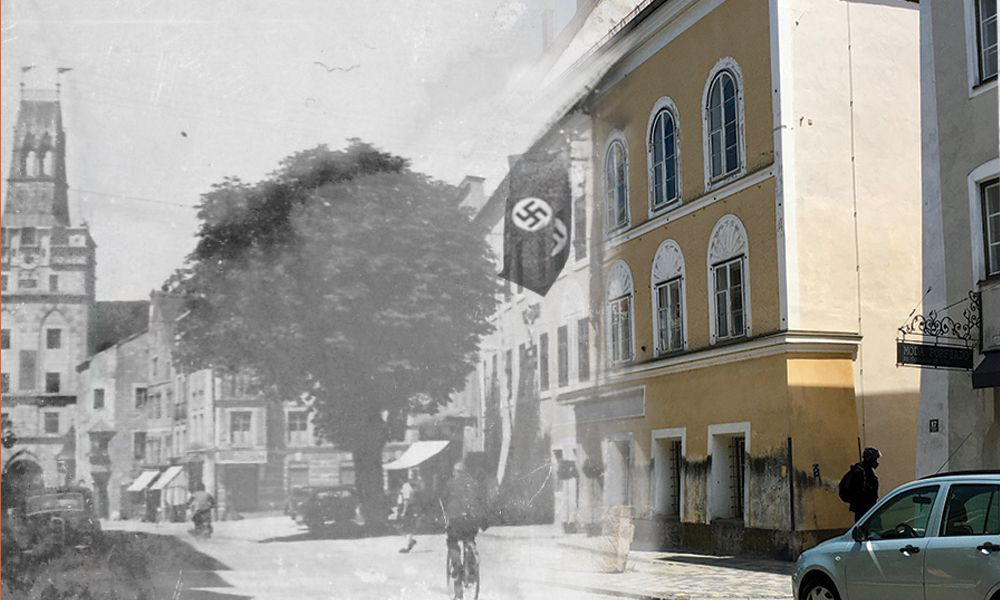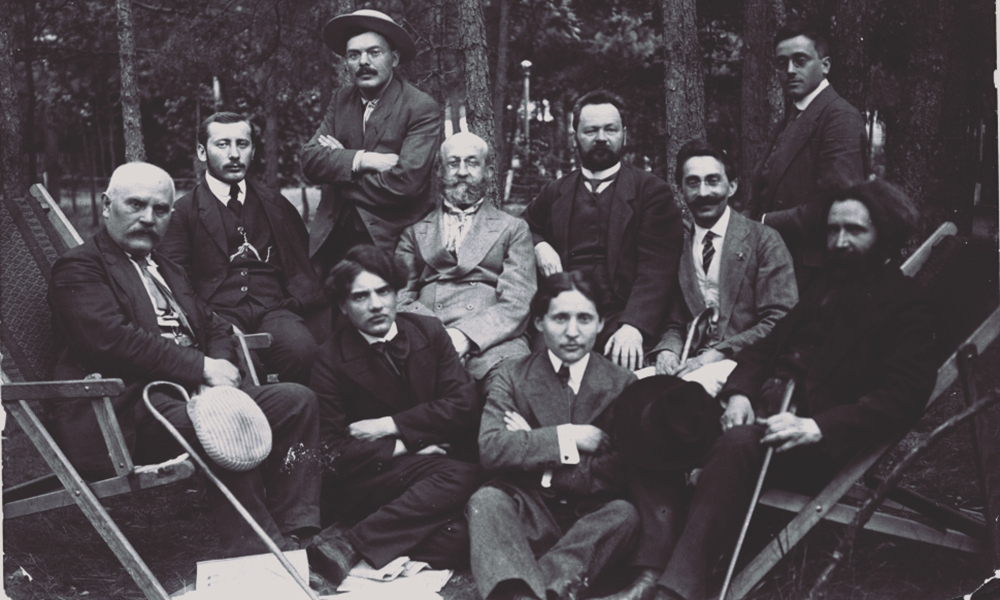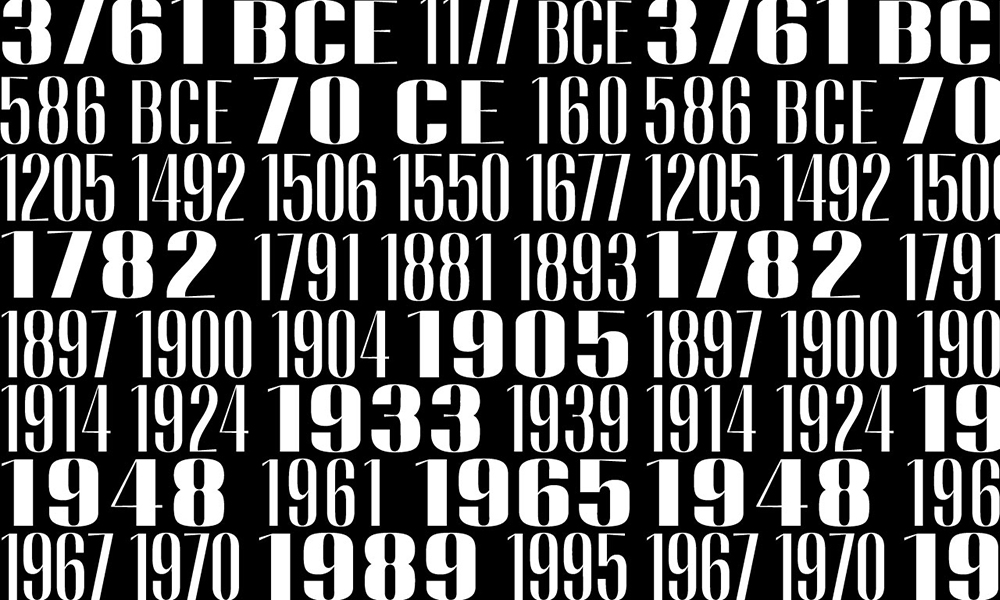In early 2017 I decided to use my skills as a photographer for a project close to my heart: to seek out and capture images of the place in Eastern Europe where my Jewish grandfather and namesake Eli (pronounced “Ellie”) had come from.

Eli Burg and family, c. 1923
Eli died the year before I was born and was always a somewhat mysterious figure to me. My wife and I were also awaiting the birth of our first grandchild, and there was something compelling about finding a way to link past to future. After letting the notion sit for a time, I booted up my computer on a cold morning in Vermont to see what I could learn about my grandfather.
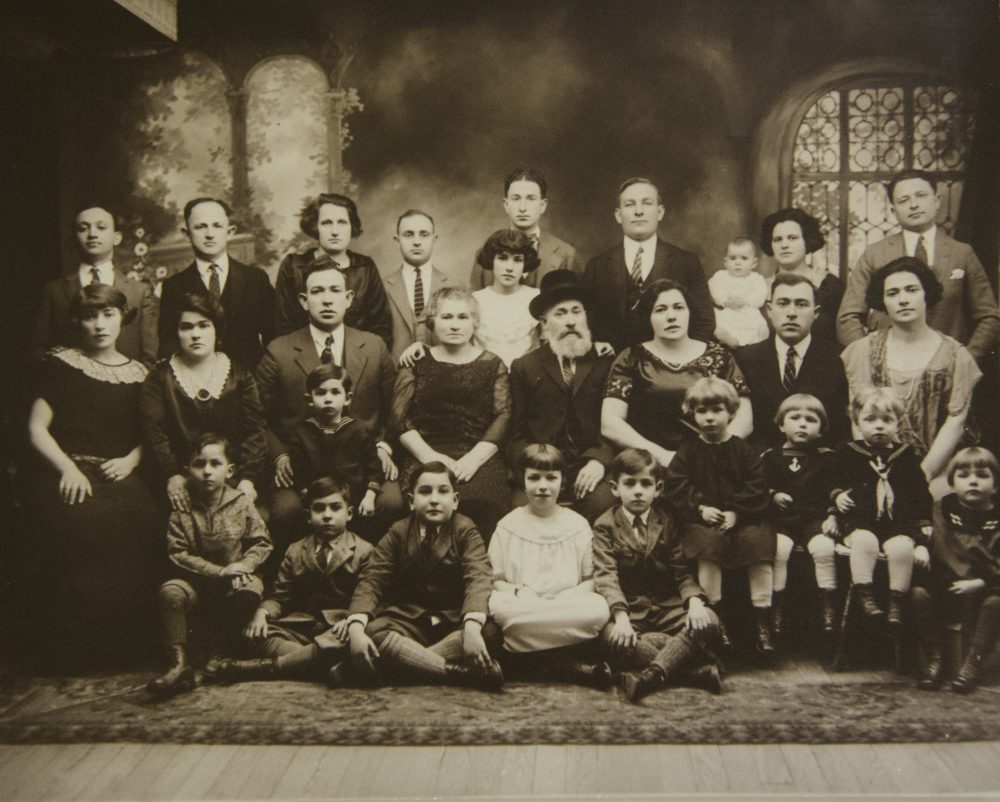
Osias Burg (center) and family, 1925
Two strokes of good fortune followed: Within an hour I had found a basic bio of my grandfather online, and 48 hours later the bio’s author led me to an entire book written about Eli’s mother’s family by a cousin I had never met. The book told the story of Eli’s father, my great-grandfather Osias, who walked from his home in Pidkamin, Austria-Hungary in 1881 to the village of Ozeran, Russia to avoid the military draft, which was often brutal for Jewish recruits. In Ozeran, Osias worked on a farm, married the farmer’s daughter, and had four children, one of whom was my Grandpa Eli. Later, both Osias and Eli came to the United States. I resolved to retrace Osias’ journey from Pidkamin to Eli’s Ozeran, both of which now lie in Ukraine.
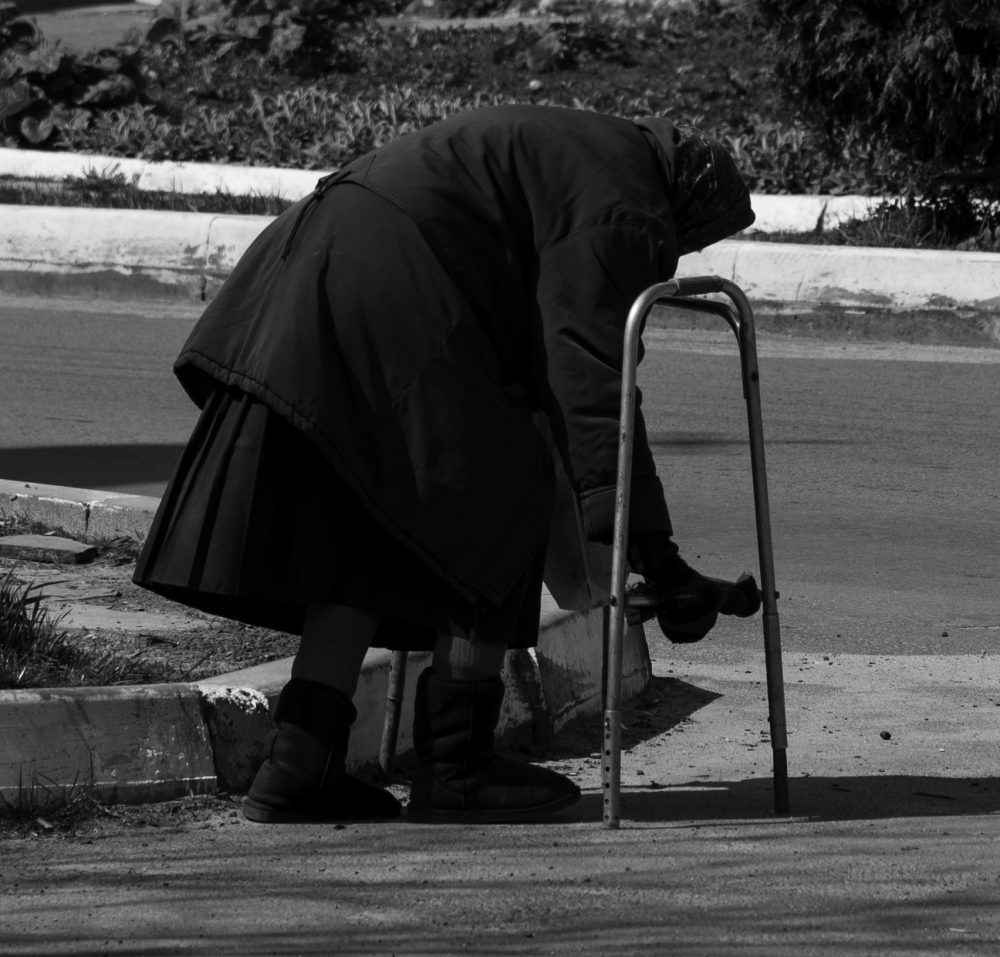
Woman, Pidkamin
After learning of my intentions, my cousin Richard—who was related to Osias and Eli in the same way that I was—proposed that we undertake the journey from Pidkamin to Ozeran by bicycle. At the time, my photographer’s eye pictured the Ukrainian countryside in black and white, a landscape rendered somber by pogroms and other anti-Semitic acts. Indeed, one of the first portraits I took—of an elderly woman slowly circling the center of Pidkamin—reflected how I initially imagined the place that Eli had come from.
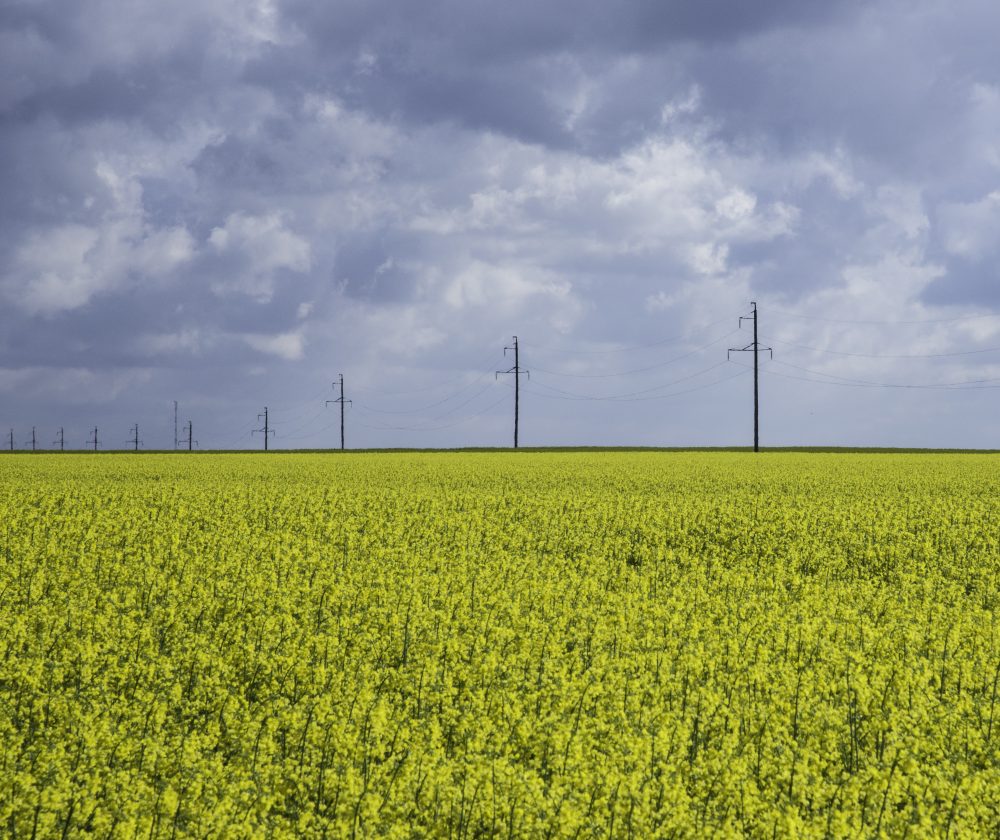
Rapeseed field east of Pidkamin
In fact, my monochromatic preconceptions of Ukraine were upended almost as soon as we arrived in the country. Stunningly vivid fields of rapeseed stood out against slate-blue skies. Gentle green hills and white farmhouses reminded me of my home state of Vermont.
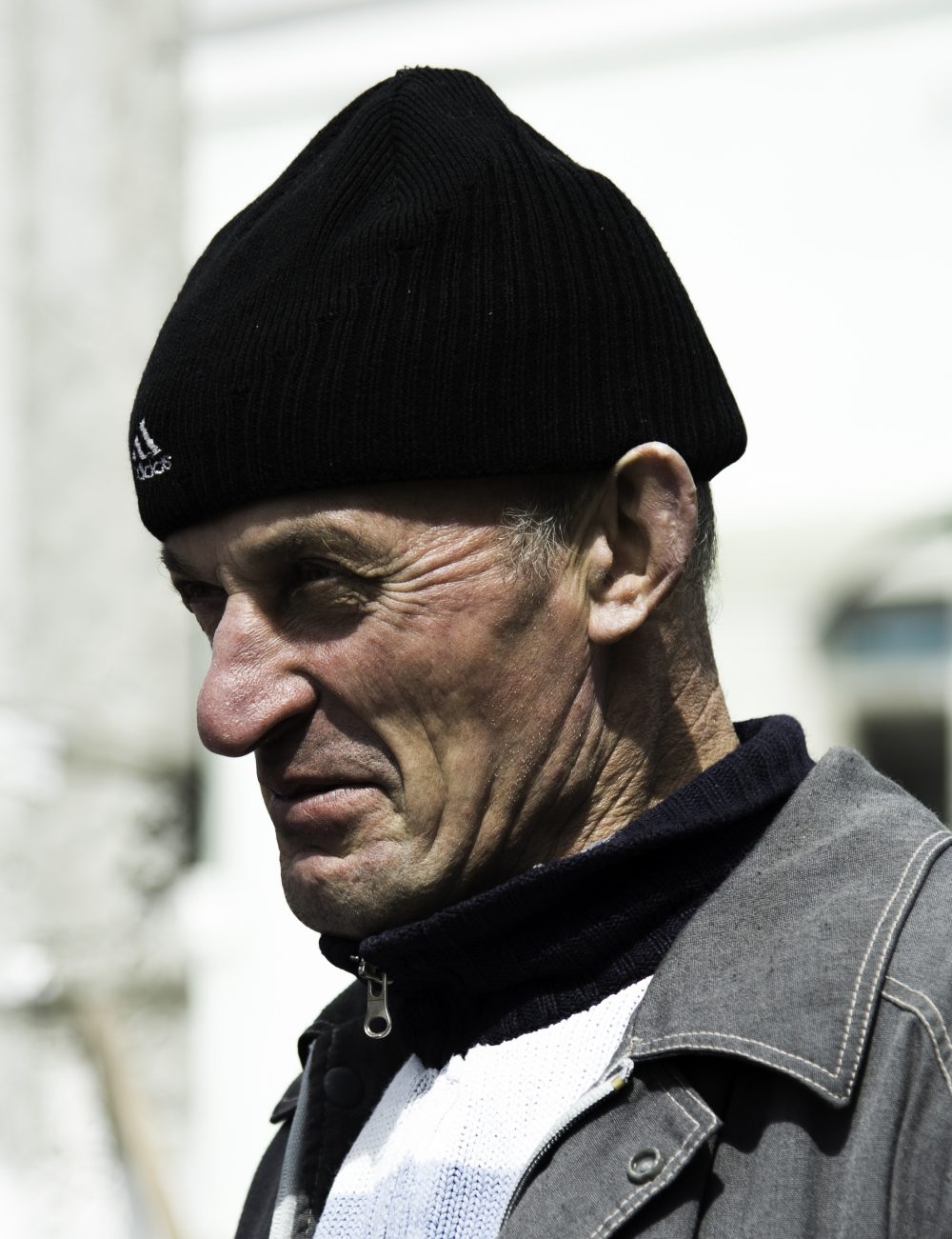
Gardener, Pidkamin
Before we set out, Richard and I were warned not to travel by ourselves because of dangers posed by armed soldiers returning from Crimea and farmers hostile to foreigners. But past experience traveling in Africa and Asia had convinced me that there are good people everywhere, and despite the language barrier, we found kindness wherever we went. In our starting-point of Pidkamin, a middle-aged man offered to show us the physical remnants of the pre-war Jewish community—the bakery where matzah was made, the Jewish doctor’s house, the Hebrew school. Later on, I gestured a conversation with a friendly gardener planting flowers in the town square.
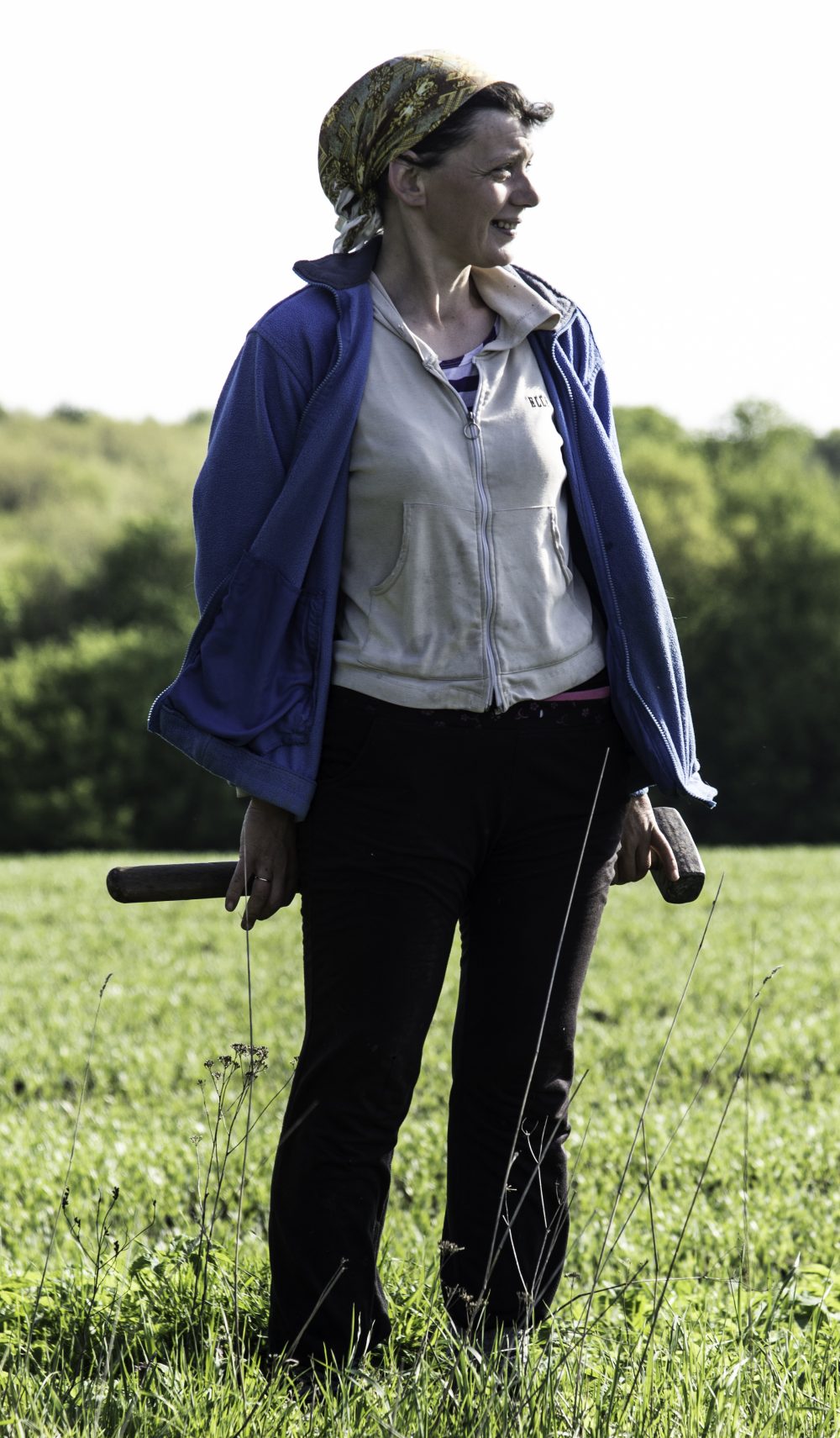
Natasha, outside of Pidkamin
On the day we began retracing Osias’ journey to Ozeran, we followed a dirt road out of Pidkamin. Modest farmhouses fell away as we entered the forest. I thought of Osias. What was he thinking as he came this way 136 years earlier? Did any of the trees that lined our route exist back then to shade his path? Not long after, we came upon a young woman named Natasha, who, in seemingly timeless fashion, herded a cow with gentle taps of the handle of a long mallet.
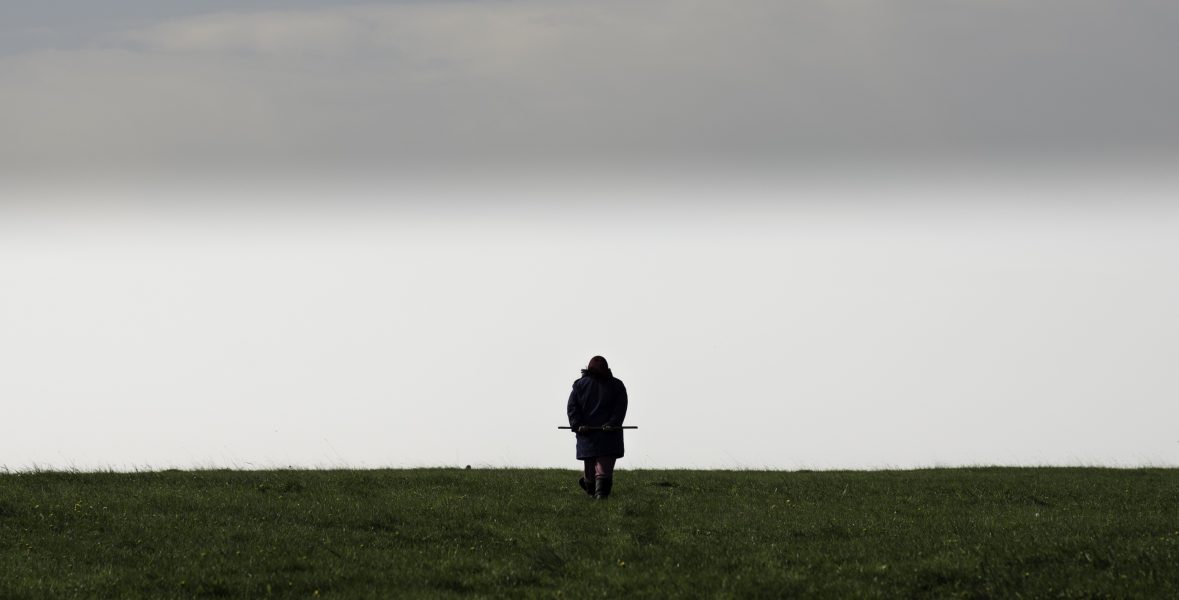
Woman outside of Pidkamin
I knew that there was a limit to how close I could get to the world of Osias and Eli. Everyone from their time was gone, of course, as well as most of my father’s generation. There were so many questions I should have asked my dad while he was alive about his father and grandfather but did not. I would simply have to content myself with catching glimpses of that world, as it was then and as it later became.
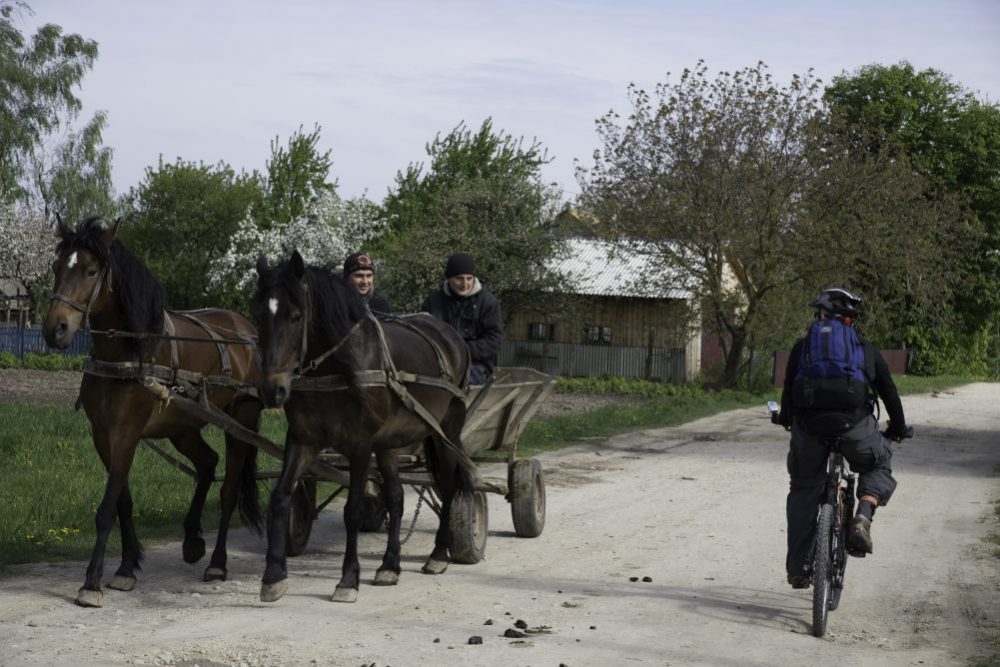
Richard Burg cycling toward Ozeran
Ukraine was a marriage of new and old. As dirt roads turned to pavement, Richard and I fell in with motorized traffic, passing enormous, machine-tilled fields. We saw schoolchildren in tight jeans who would have looked at home in Barcelona or Boston; we charted our course by GPS. At the same time, women in traditional babushkas hand-hoed household gardens and horse-drawn carts plied the back roads.
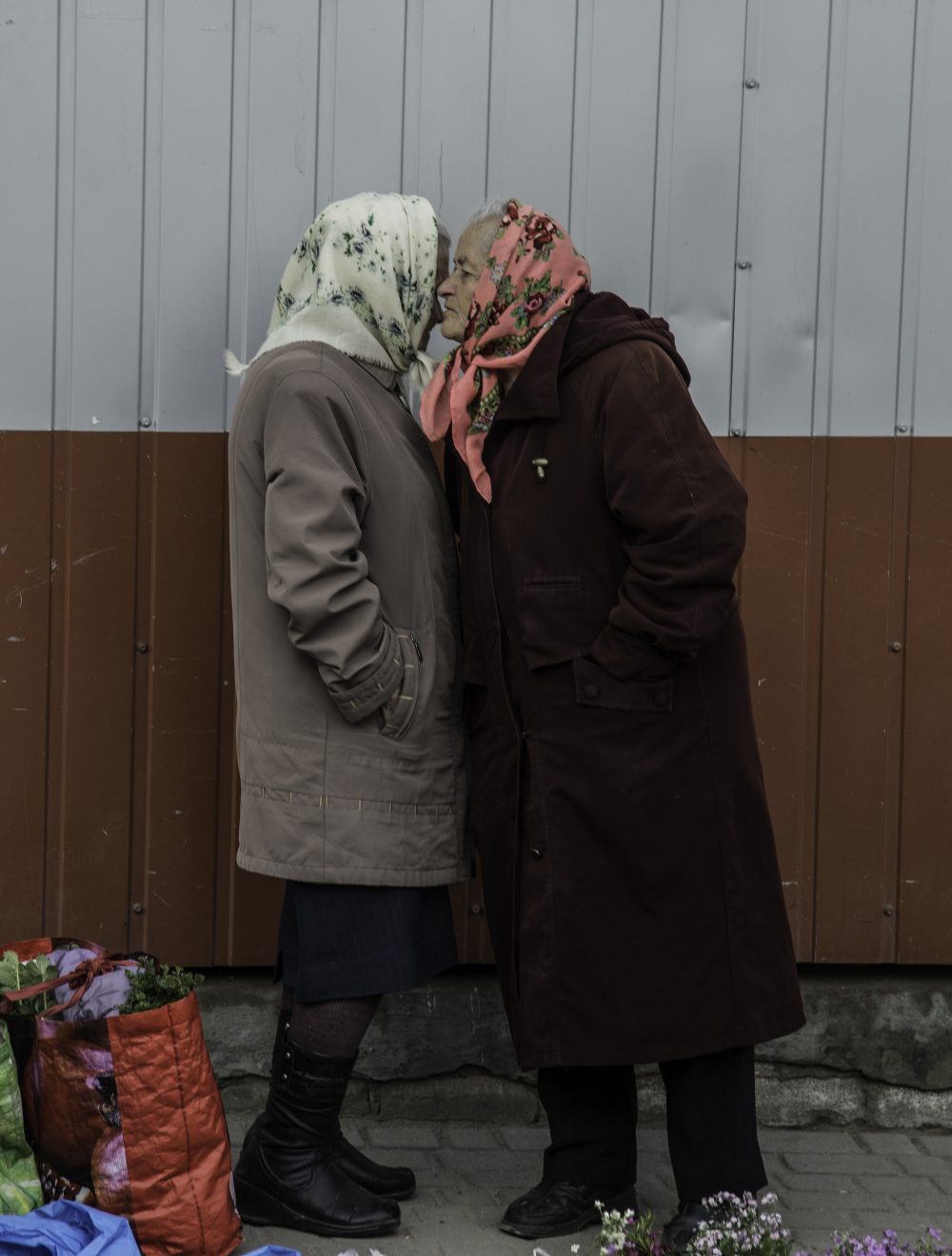
Outside Dubno
At times during our trip from Pidkamin to Ozeran, we came upon scenes that startled or touched us: In the town of Kremenets, an enormous, bearded Orthodox priest dressed in black roared past us to a grocery store on a tiny all-terrain vehicle; on the outskirts of Dubno, two elderly women stood intimately nose-to-nose in an open-air market.
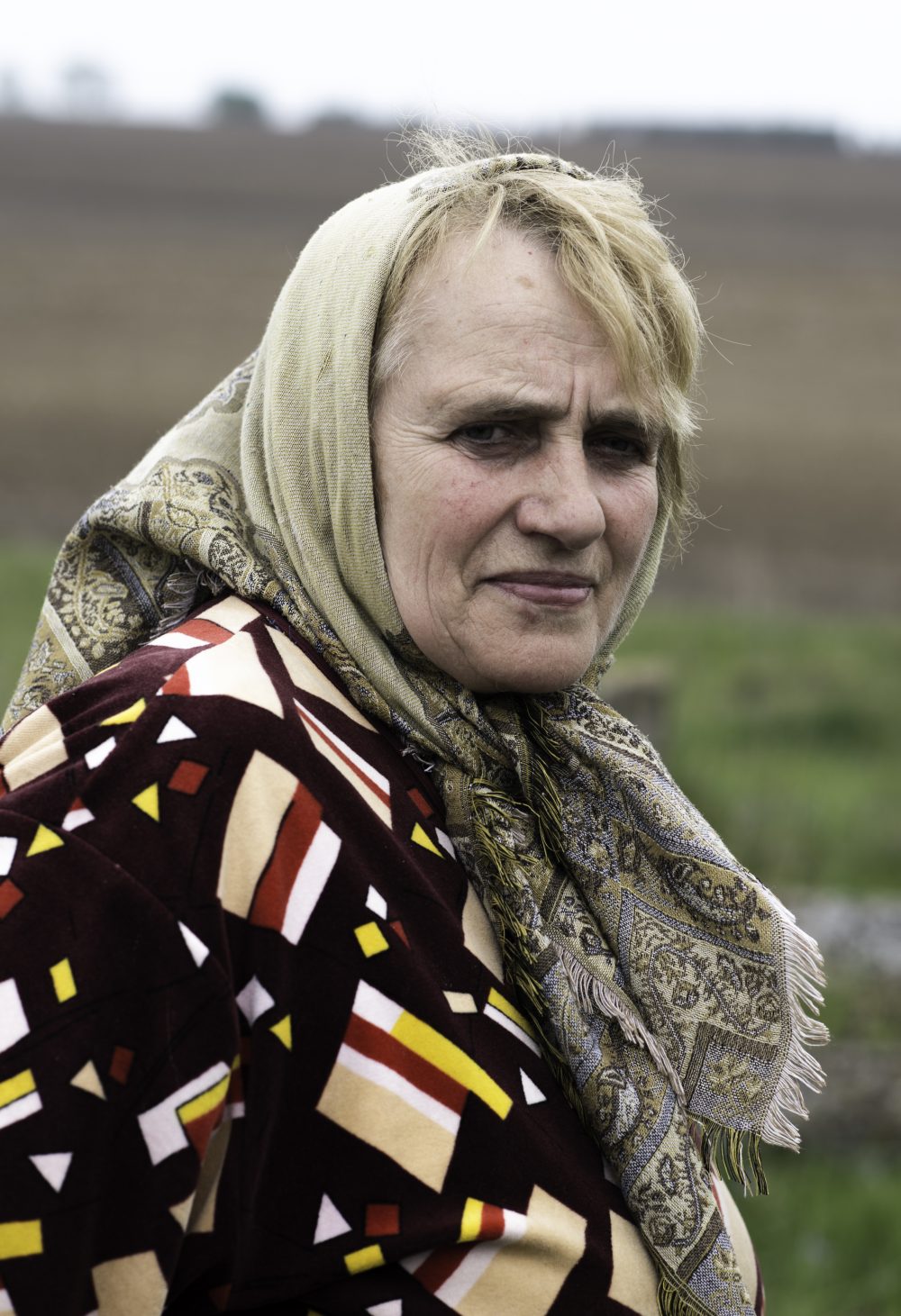
Maria Dolinska, Ozeran
I wanted to photograph the Jewish cemetery in Ozeran. As Richard and I approached the village—a tiny intersection of unmarked roads (save for a sign reading “ᴏᴣᴇᴘᴙHᴎ”) dotted with small whitewashed houses—a middle-age woman bicycled toward us. I showed her the Ukrainian words for “Jewish” and “cemetery” on my cell phone. Maria Dolinska (she carefully wrote her name in Roman letters in my notebook) turned around and led us a mile in the direction she had come from and across a field to a scattering of tilted and fallen headstones.
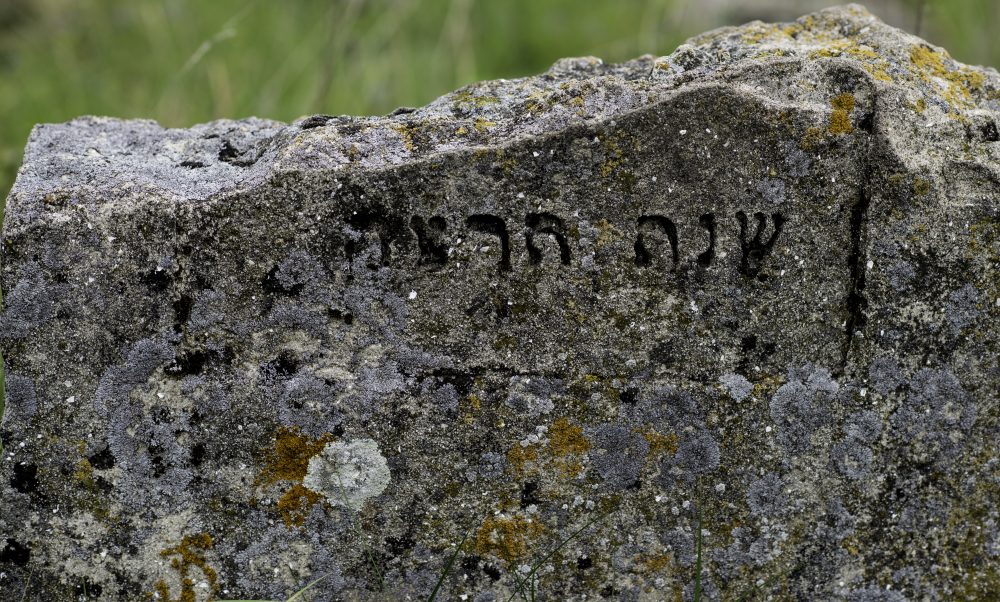
Headstone, Jewish cemetery, Ozeran
The headstones were mottled with lichen, the Hebrew script on most of them illegible. Maria pointed to a crushed plastic bottle on the ground: people come here to get drunk, she gestured sadly. Ozeran had begun in 1848 as a collective Jewish agricultural settlement. How many generations were buried in this place? And, beyond the disrepair of the cemetery, how much more tragic it was that less than a century later, the Jews of Ozeran would die without any individual memorials at all.
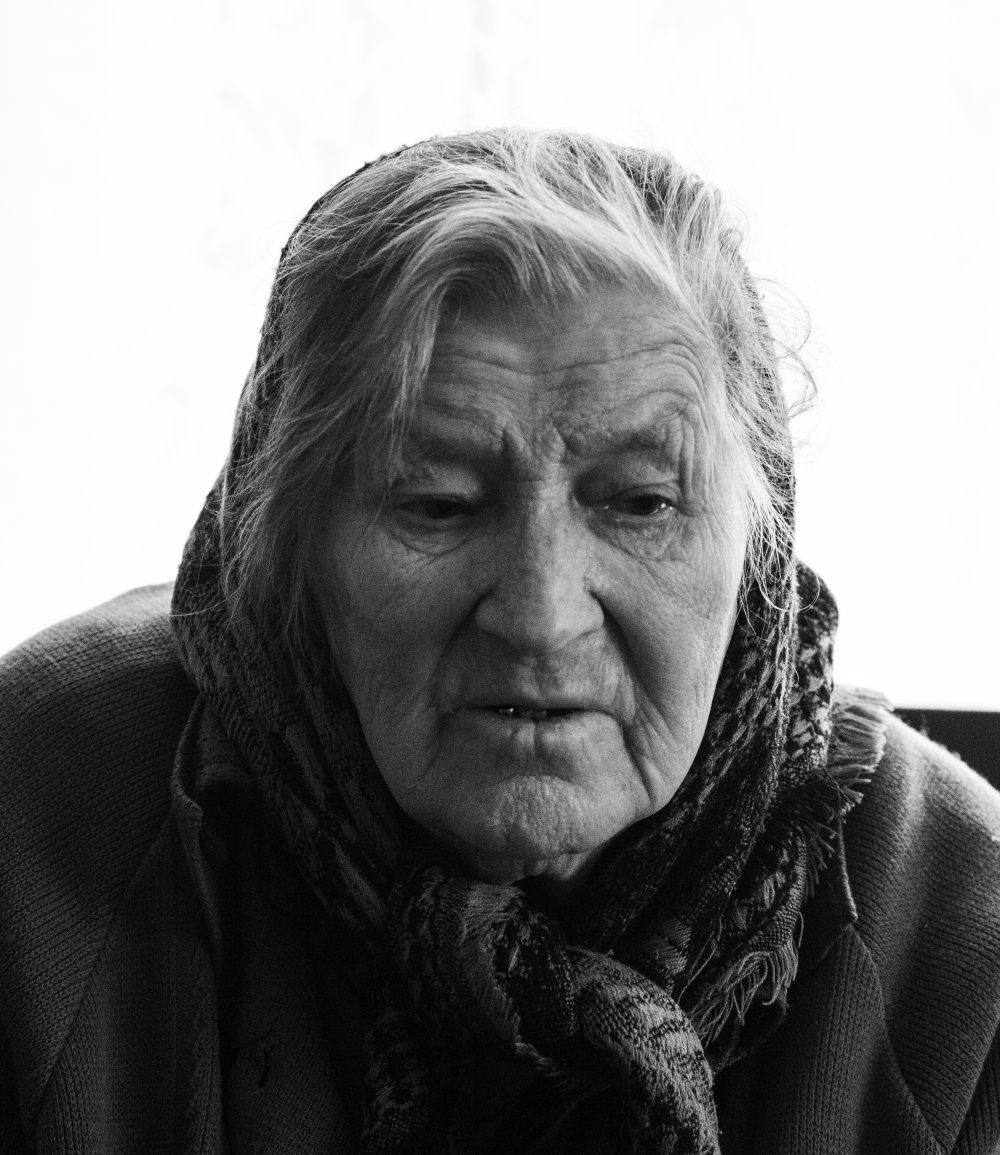
Olga Kvitka, Ozeran
For Ozeran had a darker story to tell. In October 1942, German soldiers and local collaborators rounded up hundreds of Jews from fenced-in ghettos in Ozeran and the neighboring village of Varkovychi. They drove the Jews in trucks to a high place outside Varkovychi, made them strip off their clothes and shot them all at the edge of a pit. Olga Kvitka, 90, the last known survivor of World War II in Ozeran, remembered seeing the lights of the trucks on the road in front of her house the night of the massacre.
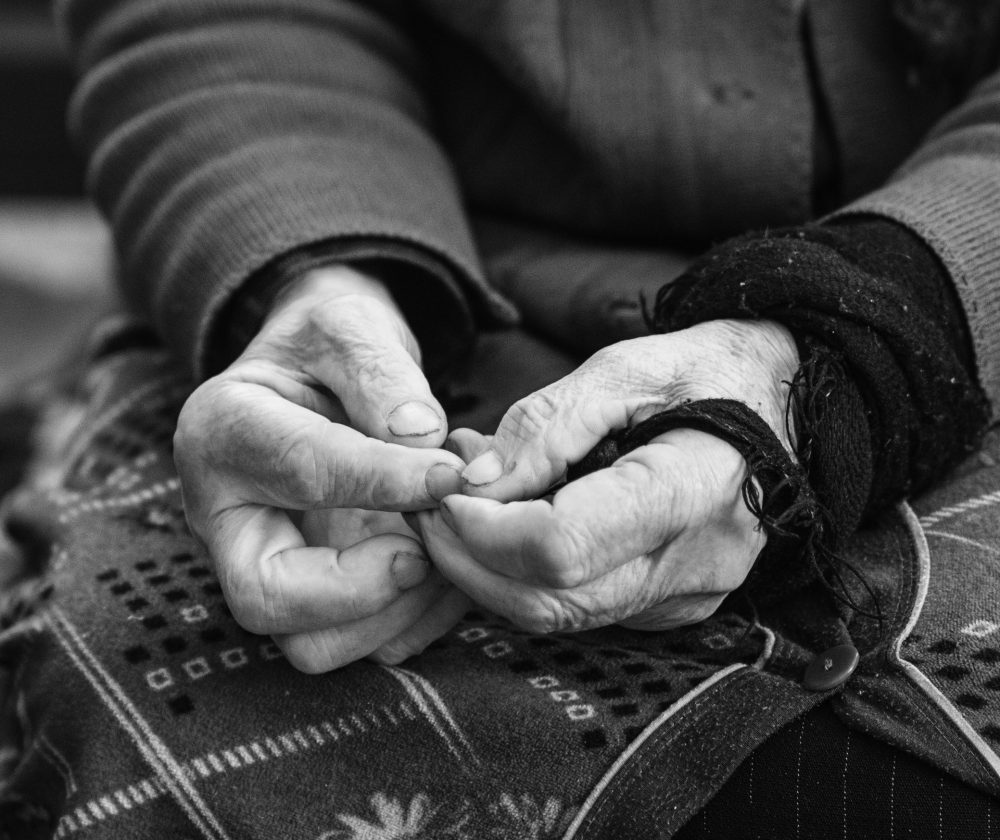
Olga
With a surprisingly strong voice and eyes that seemed transfixed on the past, Olga told us about the Jewish community of Ozeran. She said that when she was a child, Jews and non-Jews in the village went to school together. She named a number of Jewish girls who were her friends and described gentile families who sheltered Jewish neighbors from the Nazis at great risk to themselves. She also recounted having heard that after the victims of the massacre had been buried, the earth continued to move because not everyone had been killed outright.
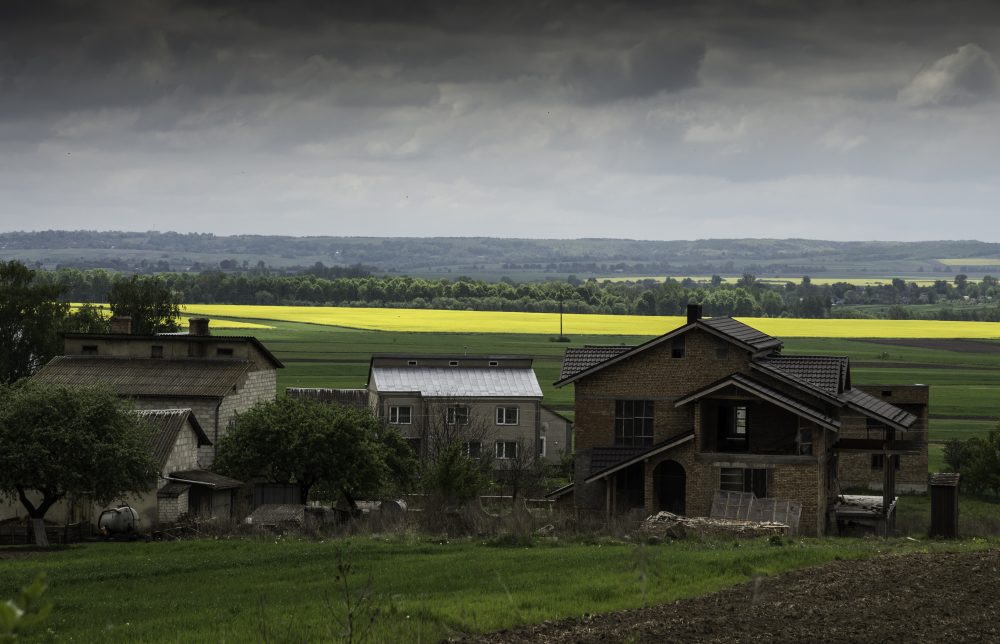
Countryside above Varkovychi memorial
In Varkovychi, Richard and I searched for a rumored monument at the killing field but were unable to find it. Two days later we returned with an interpreter, Natalie Poltavskaya. A local farmer named Sasha offered to guide us to the site, which overlooked a lovely swath of countryside. I realized that the fact that Eli had been born in Ozeran (even though he and his father had left Europe many years before the war) linked my heart to this place in ways both ancestral and emotional. I felt grief and anger over the killings—admittedly a drop in the ocean of the Holocaust—and a strange unease at how such horror could have happened in such a beautiful place.
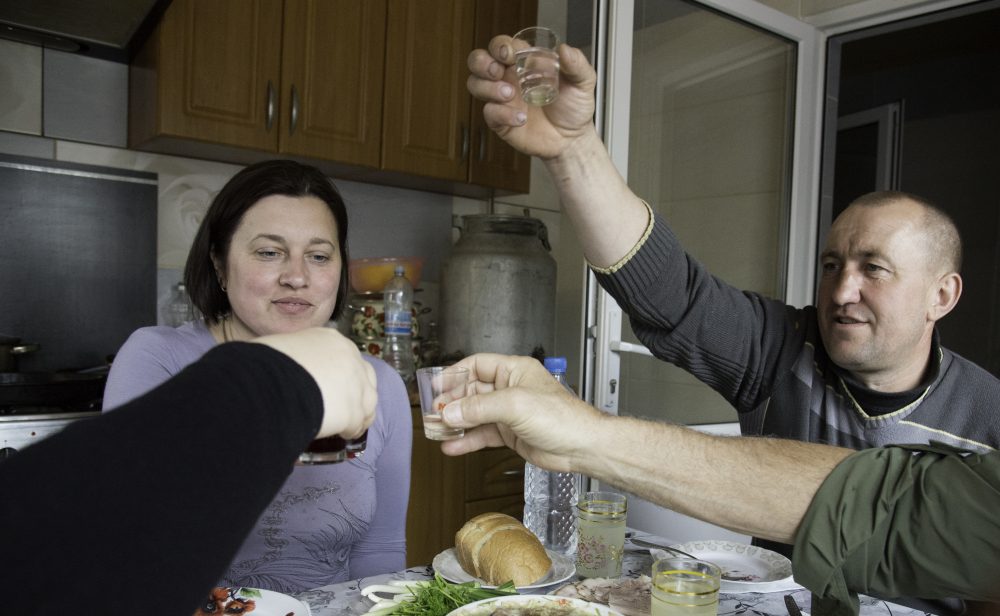
In Sasha’s kitchen, Varkovychi
We spent some time at the monument in contemplation and quiet conversation, then returned to Sasha’s farm, where he and his wife Galina invited us to lunch in their kitchen. On the table was all manner of pork—in confit, on pizza, off the bone—and schnapps. Sasha became more animated as he drank. Even as I was touched by our hosts’ hospitality, I wondered which side Sasha’s grandfather had been on during the war. A “righteous gentile”? A collaborator? A silent observer, fearing for his family’s lives?
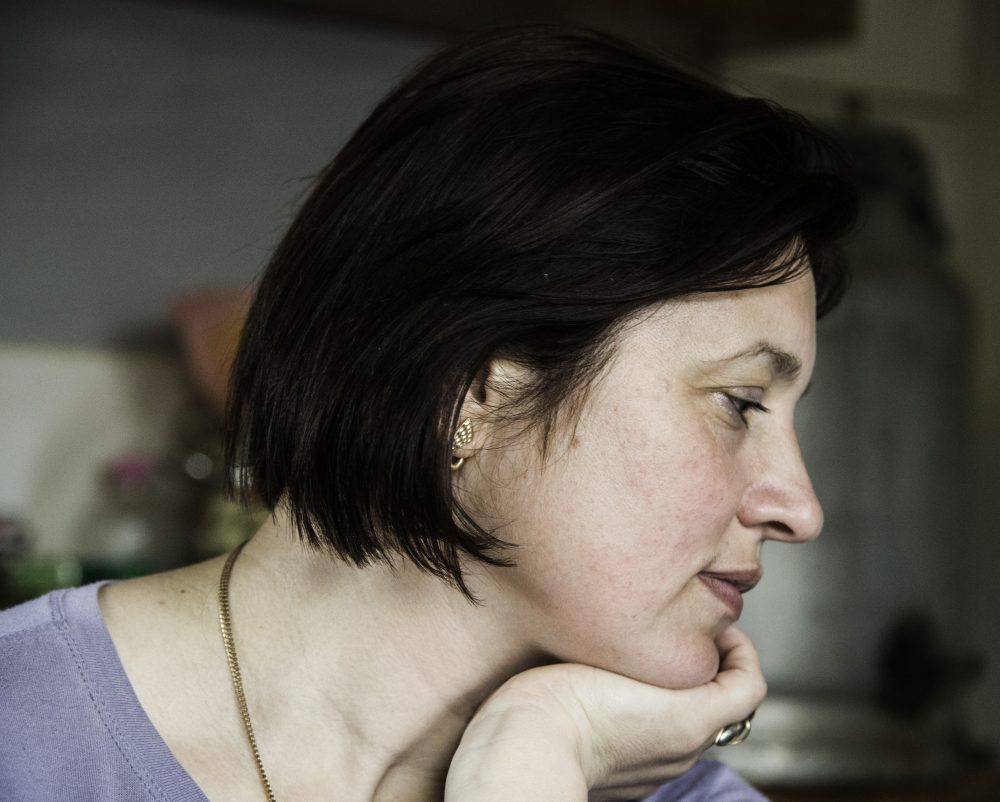
Galina, Varkovychi
But Sasha had willingly taken us to the site of the killings, and he and Galina had welcomed us into their home. The massacre in Varkovychi had occurred three-quarters of a century before; there was no cause to judge our hosts by the actions of their forebears. I also reflected on the reality that the farmhouse kitchen that Richard and I were sitting in looked so much like home, as did the hillside where the unspeakable events of 1942 had occurred.
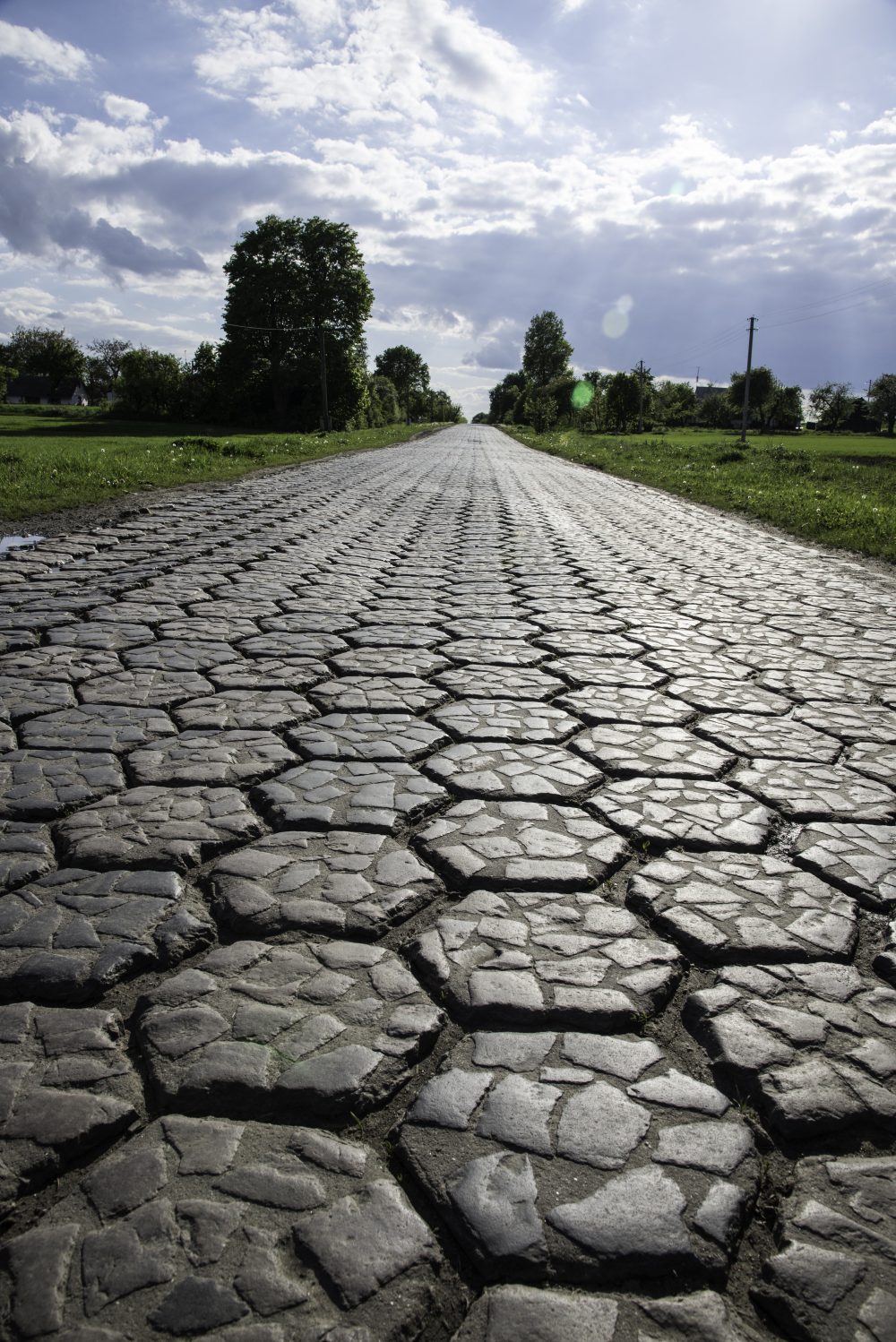
The slave road, Ozeran
Before the massacre, the Nazis forced the Jews of Ozeran and Varkovychi to work as slave laborers, constructing a section of road. On our way back from Ozeran, we stopped to look at the road. Its surface was strange, composed of pieces of stone arranged in bulging hexagons—eerie and out of character with the scenery that surrounded it.
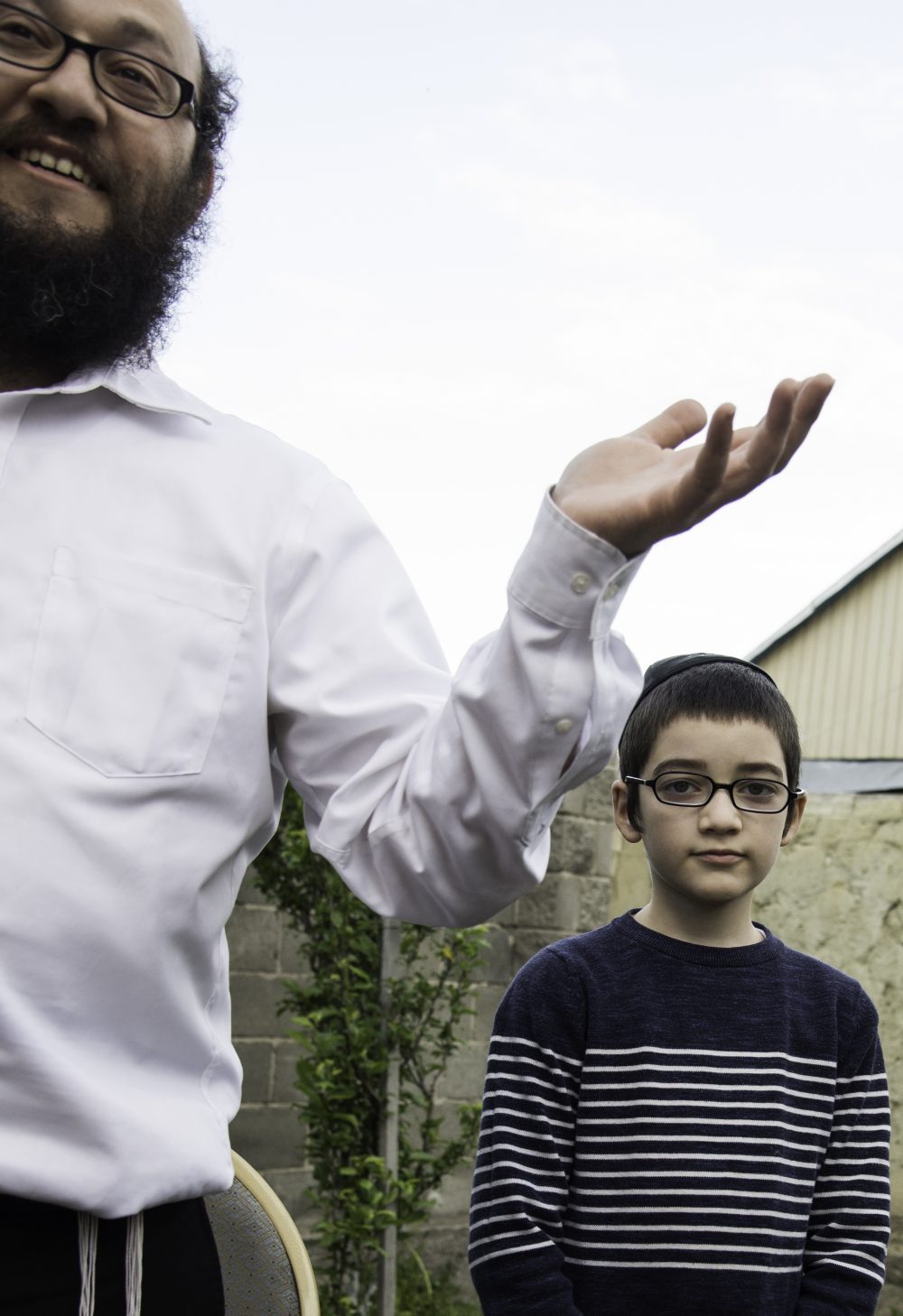
Rabbi Schneersohn and son, Rivne
The morning of the day that we went to the killing field in Varkovychi, our interpreter had introduced Richard and me to Hasidic Rabbi Shneor Schneersohn in her own city of Rivne. Rabbi Schneersohn invited us to celebrate the Jewish holiday of Lag B’Omer at his home with his congregation, which we did. It seemed ironic that the same day that we lunched on pork with Sasha and Galina in Varkovychi, we dined on falafel and kosher kebabs with the Jews of Rivne.
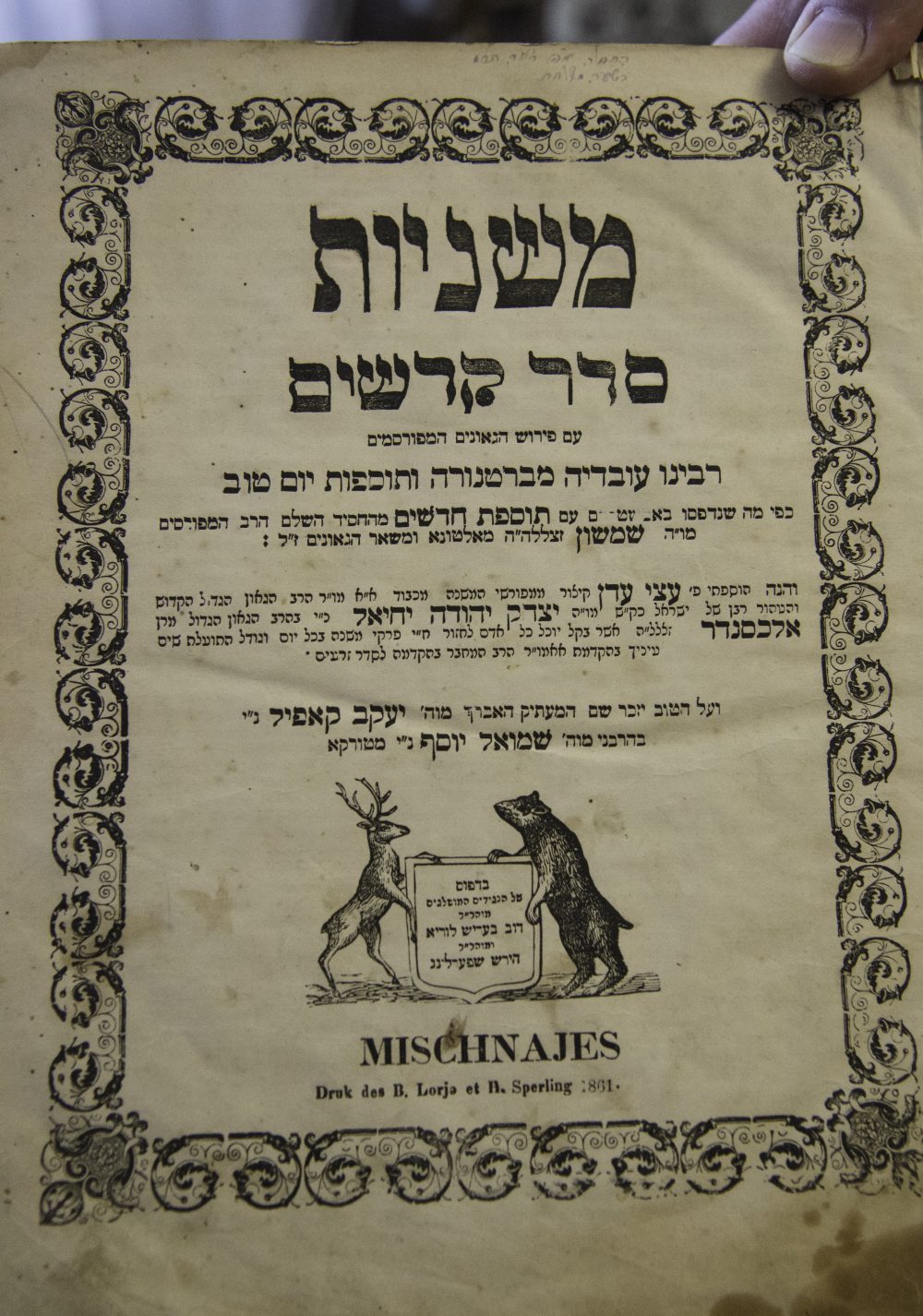
Cover page of Sergei’s book, Rivne
Natalie, our interpreter, brought us home to meet her parents in Rivne. When he heard why we were there, her father Sergei—who, like Natalie, was not Jewish—reverently placed in front of us an 1861 Hebrew edition of the Mishnayot—a collection of biblical commentary—that had mysteriously belonged to his family. Unable to read Hebrew, he asked if we could tell him what the book was.
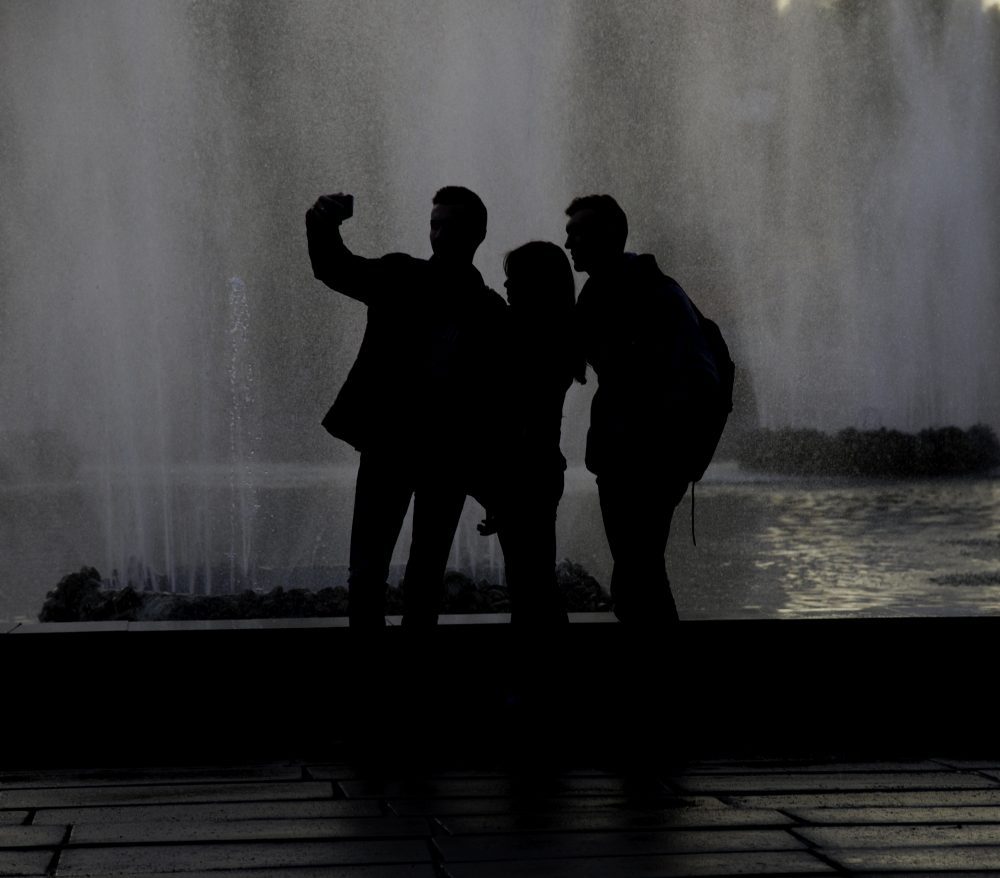
Selfie, Rivne
At the end of the last day of our journey to Eli’s town, Richard and I returned to our hotel in Rivne. My head was full of images—of Maria, Olga, Sasha, Galina, Reb Schneersohn; of beauty and sadness, kindness and murder. As we walked toward the hotel entrance, I looked across the street. There was a fountain with lights. Small groups of people strolled by the water. Set against the mist, three young people snapped selfies. It could have been anywhere.
The notion that what happened to the Jews of Ozeran, Ukraine, and elsewhere in Europe can happen anywhere seems implausible. Yet in our own country, we are now witnessing some of the precursors to those events in the current denigration of minorities, lack of civil discourse and assault on truth. Undoubtedly there are too many Americans of good will alive today to permit a slide into dictatorship anytime soon; but perhaps in an era of great economic or climatic upheaval, who knows what the future may hold?
Elliot Burg is a photographer from Middlesex, Vermont. His recent exhibitions have included Transcending the Limits of Age; The Combination; Sunset Park, Brooklyn; and, in process, Heart and Eye. His work an be found here; he can be reached at eburg4@gmail.com.

